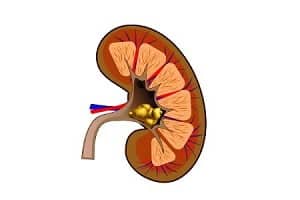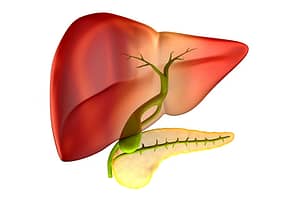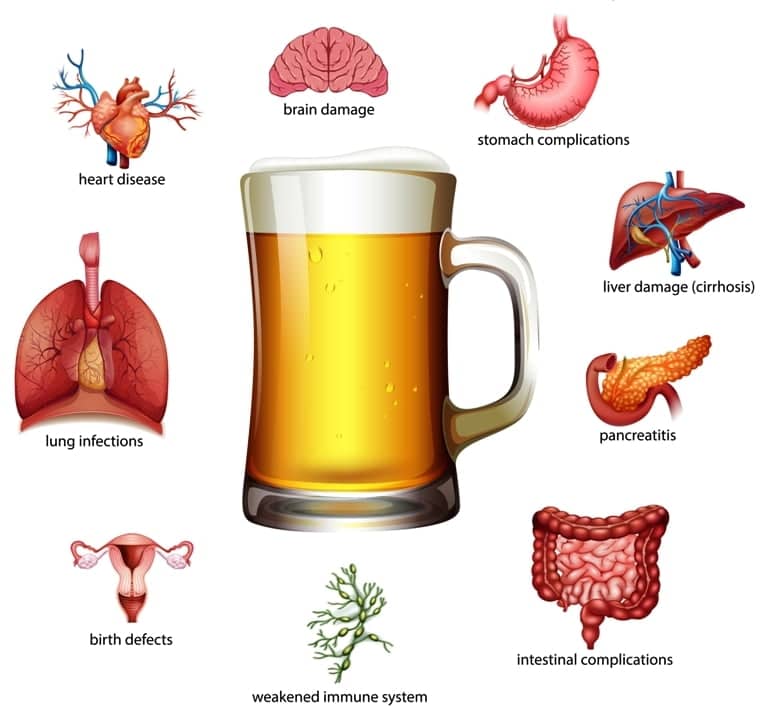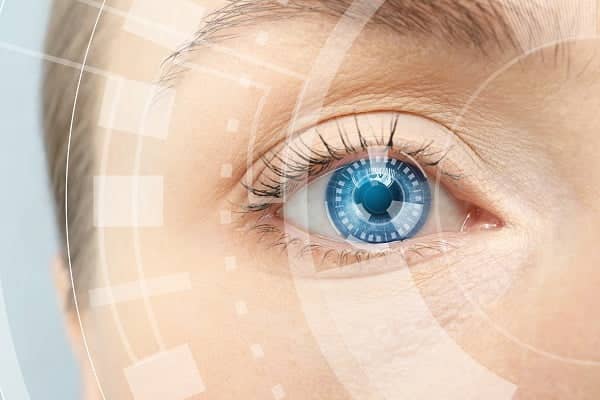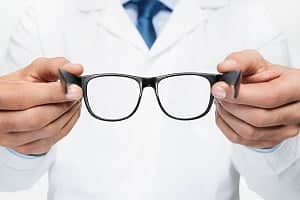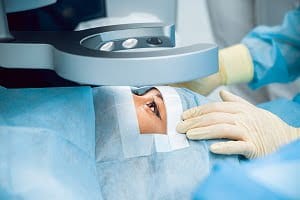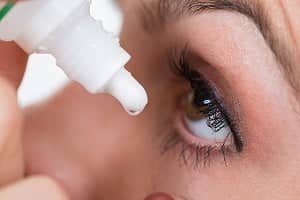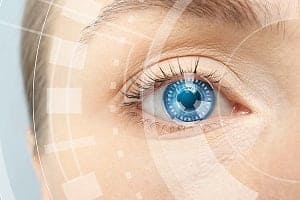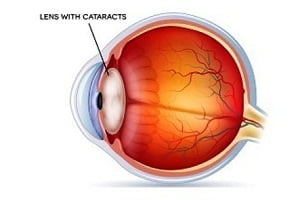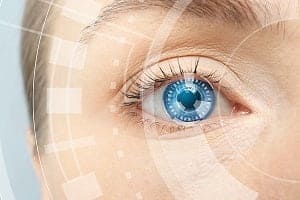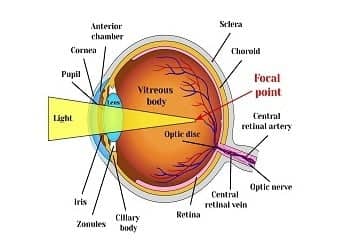Browsing: Eye Health

The page provides quick access to a list of common eye diseases, syndromes, health conditions, and other topics of health importance. The list is organized alphabetically. Links are provided to respective diseases sections that serve as a comprehensive and ultimate guide about the disease or health condition.
Eyes are the most complex and essential sensory organ of our body. Several parts of the eye work together to produce a clear vision. Most people suffer from various types of eye disorders such as age-related macular degeneration, cataract, diabetic eye disease, glaucoma, low vision and dry eye.
Visual impairment is a national and global health concern which creates a negative impact on the physical and mental health of an individual. These visually impaired people are at a high risk for chronic health conditions, accidents, social withdrawal, depression, and mortality.
Most people may experience an eye problem at some point in their life. Some of them may be minor conditions, which can be cured easily whereas others may require a specialist’s care. Eye disorders mostly occur in elderly people due to weakness of eye muscles or due to another medical condition such as diabetes, infections and brain or neuronal disorders.
It is ideal to undergo regular eye checkups, as many eye diseases do not show obvious symptoms. Early detection and treatment of eye problems could easily prevent vision loss.
Certain eye diseases which are quite prevalent worldwide include cataract, glaucoma, nearsightedness, farsightedness, astigmatism, diabetic retinopathy, dry eye syndrome, color blindness and conjunctivitis.
Cataract: Symptoms and Diagnosis
In order to determine whether you have a cataract or any other eye problem, your doctor will review your symptoms and medical history. He or she will perform a thorough eye examination. She may recommend certain tests such as visual acuity test, slit-lamp test, and retinal examination for the diagnosis of cataract and rule out other problems.
An Overview of Keratoconus
Keratoconus is a non-inflammatory condition in which cornea gradually thins and bulges outward into a shape of a cone. This process of reshaping cornea is known as corneal ectasia. Keratoconus is a bilateral ocular disorder and may affect each eye differently. Most people with keratoconus have only mild forms of the disease.
The most common way to manage the myopia is use of eye glasses or contact lenses. Refractive surgery is another option that can reduce or eliminate the need for glasses or contact lenses. LASIK is the most common surgical procedure which is performed with an excimer laser.
Myopia (nearsightedness) is diagnosed in a physical examination by an ophthalmologist. You can find out if you have myopia by getting an eye test done at your local optical center. Your doctor may recommend a number of tests as well to identify the cause of myopia. These may include retinal examination, visual acuity test, retinoscopy etc.
How Is Your Cataract Treated?
If your vision can be corrected with glasses or contacts, your doctor will recommend them to you. If cataracts affect your daily life, you may need cataract surgery. The surgery is usually successful and you can go home the same day. The surgeon will replace your lens with an artificial one.
Treatment of conjunctivitis depends on the actual cause of the infection. Doctors prescribe eye medications, eye drops, eye ointments or suggest certain home remedies such as regularly cleaning eyelids with a wet cloth, applying cold and warm compresses etc to manage the symptoms. Breast milk is a good preventive measure for newborn babies.
What is Myopia or Nearsightedness?
Nearsightedness also known as myopia is a common condition of eye in which distant objects unclear or blurred. A personal is unable to see them clearly. It can be mild, moderate or severe. It is in fact not a disease but a variation from the normal caused by a change in the shape of the eyeball.
What is a Cataract?
A cataract is defined as clouding of your eye’s natural lens. Cataracts are the most common cause of vision loss in people over the age of 40. It is the most common cause of blindness in the world. There are as many as 22 million Americans aged 40 and older with cataract.
The retina is a thin layer of tissue that lines the back wall of the eye. It is responsible for absorbing light and converting it into a signal sent to the brain. A retinal detachment is serious eye condition which involves separation of the retina from its attachments to the underlying tissues.
What is Myopia (Nearsightedness)?
Nearsightedness also called myopia usually occurs when your eye is too long or the cornea is too curved. The exact reason of why some people develop myopia is unknown. Genetics is believed to play a significant role. The symptoms include being unable or having difficulty to see far off objects.
